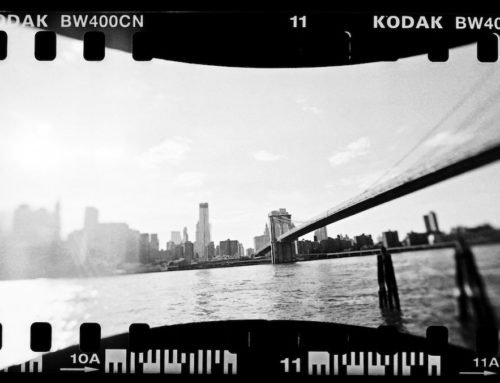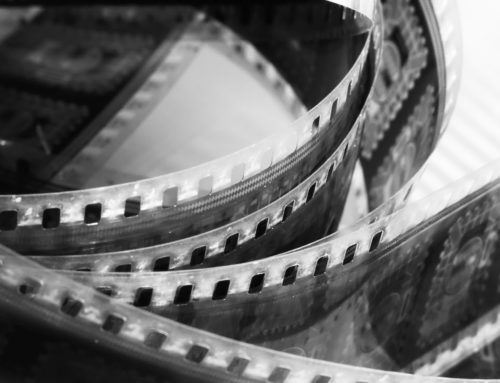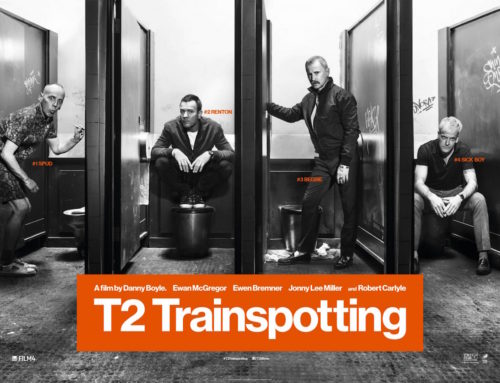In his book The Art of the Cut, Greg Keast provides a very useful definition of what editing ideally strives to achieve under the heading ‘Breaking the Action’:
‘A large part of editing is taking whole actions or scenes, breaking them into parts, and recombining them in a way that makes the story work emotionally…It means you will be creating a psychological experience of reality and manipulating the overall mood by tempo.’
It’s easily forgotten that film editing is something unique to the cinematic form. Writing, directing and acting were practiced in various guises by dramatists well before the advent of cinematography. Truly, the novelty of film editing is the twentieth-century’s special gift to these ancient storytelling techniques.
By comparison, we have a fairly settled image of what shooting a film or television programme is like. Whether it’s the upbeat hijinks of a film like Singin’ in the Rain, the intoxicating razzmatazz of HBO’s Entourage or the schizophrenic vision of the exec-director-actors’ dynamic conjured by David Lynch in Mulholland Drive, the ‘Lights! Camera! Action!’ of the movie-set has been crystallised as one of showbiz’s most beguiling engine rooms. The fundaments of screenwriting have likewise been seen as a similarly ripe subject matter; films like Robert Altman’s The Player and the Coen’s Barton Fink, for example, examine how written storytelling has been assimilated into the leviathanic organs of the film industry.
The editing room hasn’t really ever had this kind of coverage. It clearly isn’t seen as embodying the same sort of dramatic potential.
And yet, it reveals itself as an intriguing place for those who are willing to look. In a video presumably recorded around 1988/89, Martin Scorsese allowed a camera into his New York editing room to record him with his long-time collaborator, Thelma Schoonmaker, as they cut his short film Life Lessons (1989). It gives a fascinating fly-on-the-wall peek at the rhythms of post-production in the cutting room; we’re presented with a gloomy, cramped room, Schoonmaker sat at the Moviola, speeding through the footage and cutting the film with zen-like focus as an excitable Scorsese gives his instructions over her shoulder. This short 13-minute clip shows that before the advent of digital film, the edit was quite a unique hands-on, practical, idiosyncratic process.
Tempo, Gunfighters and Suspense
While this is all very interesting, with editing, the proof is in the pudding; the finished product is what matters and – unlike the editing room itself – isn’t literally obscured from the view of the viewer’s line of sight. So, let’s review some examples showing the potency of the editing process in underscoring how a final cut of a film or a video ‘works emotionally’, to borrow Keast’s phrase.
To some extent, good editing relies on having an intuition for pacing, ‘tempo’, and general composition; to use this intuition to anticipate what the audience expects to see. Alexander MacKendrick, director of The Ladykillers (1955) and The Sweet Smell of Success (1957), believed the ‘key is that every cut should have a purpose, that it follows the momentum of the viewers interest.’ Ingmar Bergman, like MacKendrick, felt this rested on timing. In the 1963 documentary, Ingmar Bergman Makes a Movie, he stated that ‘Film is all about rhythm and breathing’; for him, the object of editing should make the ‘dead footage’ collected in the film studio ‘feel rhythmically alive’.
If it’s all about creating a kind visual music or rhythmic flow that follows the viewers’ interest, evidently different films, TV shows and videos require different rhythms to suit their purposes. Action and suspense are two great examples of cinematic languages which have nurtured particular editing tempos.
The exuberant chaos of the gunfight has become a staple of Hollywood and has produced its own editing style of fast-paced cutting. An influential example of how to edit shootouts is Sam Peckinpah’s The Wild Bunch (1969). Particularly noteworthy was the radical use of fast-paced cutting for the film’s big action sequences.
Lou Lombardo’s quick-cut editing on The Wild Bunch helped usher in a new era of cinematic bloodshed, summoning the unromantic, visceral chaos of gun battles with a newfound freneticism. Peckinpah improvised lots of this stuff on set; the impetus was on the editor to retroactively imbue scenes with their characteristic visual tempo.
Suspense, by comparison, requires a different rhythmic approach. A textbook example is, of course, Hitchcock’s composition for the shower scene in Psycho, with its lingering build-up to a murderous crescendo of frenzied quick-cuts. Perhaps more indicative of how Psycho’s editing builds suspense is the scene where Arbogast tentatively infiltrates the Bates’ household. Here a series of longer shots create a slow, melodious build up, showing how the edit can suspend the audiences’ expectations.
Another interesting example of how editing can toy with the audience’s expectations is Nicholas Roeg’s psycho-sexual thriller, Bad Timing (1980). The film opens with Theresa Russell being rushed to hospital in Vienna after an overdose; accompany her is Art Garfunkel’s Alex Linden. What follows recombines the events leading up to the overdose, as we’re shown snippets of their relationship at various times. Here, parallel editing, cutaways and jump cuts are used to construct an intricate temporal maze to confound the audience’s expectations. Roeg’s direction and Tony Lawson’s editing show a masterful appreciation for rhythm and timing, creating a suspenseful and uniquely disorienting cinematic experience.
Digitisation and Editing in the Informational Age
Suspense and shootouts, however, represent an era where the cinema had a tighter monopoly on the practice of film editing. Today that monopoly has been undermined by digitisation, presenting the twentieth century’s film-making tradition with an unprecedented challenge. Even Scorsese offered his two cents on the now-dead Vine phenomenon back in 2014 in a BBC Newsnight interview, questioning the point of making a 6 second clip.
However, this raises a valid question: has the availability of relatively inexpensive editing software and the growth of online social media possibility created new editing styles? The answer is surely, yes!
The video editing characteristic of the burgeoning ‘vlog-o-sphere’ is a telling case. YouTube bigwigs like Philip DeFranco and PewDiePie rely heavily on basic editing to give their videos a sense of cohesion. I’d suggest the fast-paced and or abrupt cutting often exhibited in their videos is a stylistic choice…
Channels like this have come to use a basic editing technique which holds true to the analogies of rhythm and momentum invoked by film-makers like Bergman and MacKendrick. It’s clear their edits are an attempt to deliver pop-cultural commentary in a quick, fastmoving way. You might say, this style of editing encapsulates the zeitgeist of the internet age where people have come to expect data and or titillation at the click of a mouse.
This use of editing isn’t necessarily notable for its cinematic virtuosity. But the way this kind of content is edited forms a huge part of what makes vlogging a unique cultural phenomenon. Charlie Brooker and Morgana Robison’s creation, ‘typical YouTube vlogger, Zeb’, and the videos of Scottish comedian Brian Limond A.K.A Limmy show just how conspicuous this kind of media has become in the last decade.
These parodies rest on their mimicry of the basic editing devices that have come to define this strange world of internet content creation.
Returning to Keast’s maxim about making a film ‘work emotionally’, it’s maybe worth scrutinising how new types of editing particular to new forms of mass media are subliminally speaking to us. Editing also seems to have helped delineate the ‘terrain’ of YouTube, being used by content creators as a practical tool to make unique visual life. Bergman’s characterisation of editing as a beguiling, painstaking mission to give ‘dead footage’ a ‘rhythmic life’, holds true nonetheless.
However, it looks as though the mysteries of the edit are beginning to be unpicked. In the 1980s Scorsese and Schoonmaker toiled in their isolated New York office cutting Life Lessons with expensive specialist equipment – the digital age has dissolved this specialisation. So, while the effect of editing is still often underacknowledged, it looks like improved access to software is taking editing culture into an uncharted but more inclusive territory.
‘Editing, Rhythm and Emotion: How Film and Video Editing Works’ is an article written by James Harding.



